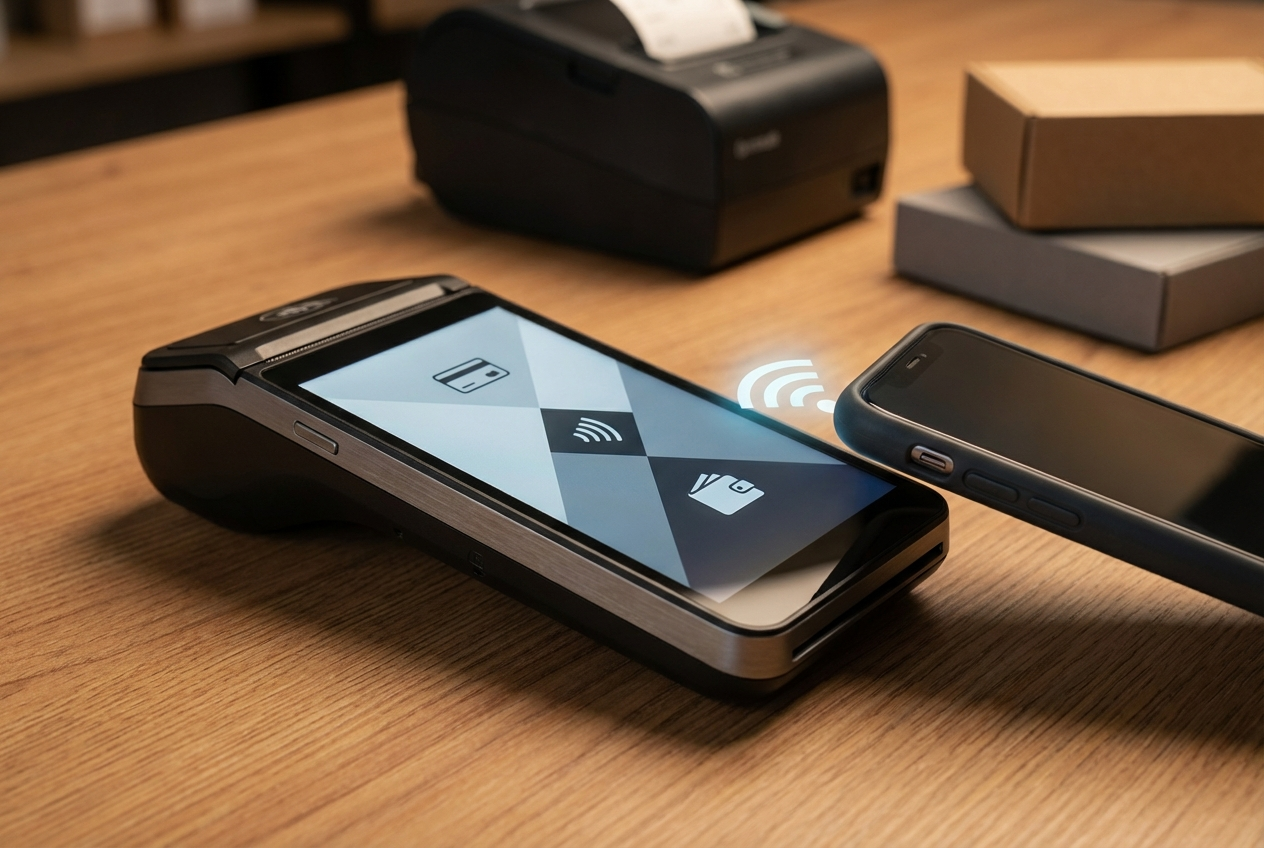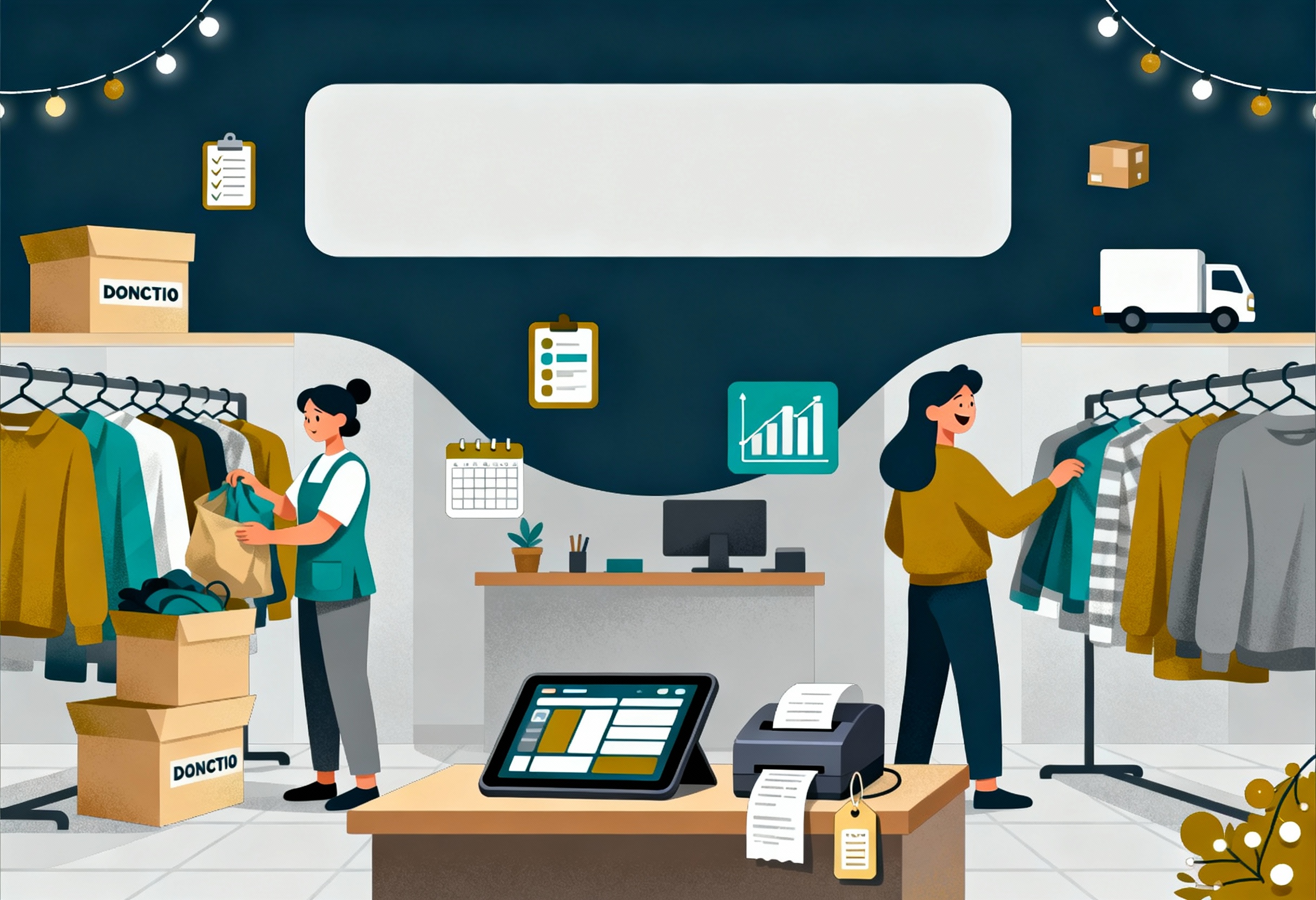Mobile app development requires strategic planning and seamless integration across platforms, features, and user experiences. Success in the consumer app market depends on understanding user needs, delivering value, and creating a cohesive ecosystem that connects all touchpoints. This blog post explores key strategies for building integrated consumer mobile applications that resonate with users and drive engagement. We’ll examine practical approaches to feature development, cross-platform compatibility, data synchronization, and user interface design.
Highlights:
- A comprehensive consumer mobile app lets businesses connect directly with customers, improve operations, and generate new revenue streams, all in one platform.
- To integrate a consumer mobile app into your business model, focus on aligning it with core areas like customer engagement, operations, and data-driven decision making.
What are Consumer Mobile Applications?
Consumer mobile Applications are programs built specifically for smartphones and tablets that enhance users’ daily activities. These apps leverage mobile device capabilities like touchscreens, GPS tracking, camera functions, and motion sensors to deliver personalized experiences.
Consumer mobile applications differ fundamentally from desktop software in their focus on portability, instant access, and efficient use of mobile hardware features. Users can access services, tools, and entertainment directly through their handheld devices, making everyday tasks more convenient and accessible.
Each app is designed to maximize the unique advantages of mobile technology, creating streamlined interfaces that respond to touch inputs and adapt to various screen sizes. Mobile applications serve as portable solutions that connect users to digital services wherever they go.
How to Integrate Consumer Mobile Application into Your Business Model
Take a look at the key practices and considerations while incorporating a mobile app into your business model.
Build Real-Time Connections with Customers
Your customers are mobile, and your business should match that pace. A well-built mobile app opens a direct line to your audience, offering tools like push notifications, in-app messaging, and personalized content that help you stay top-of-mind. These features don’t just drive engagement, they also encourage repeat interaction.
When used thoughtfully, they help build trust, gather real-time feedback, and keep your business adaptable to customer behavior and preferences.
Improve Internal Operations with Mobile Tools
Mobile apps enhance internal operations beyond customer interactions. Features for inventory management, order processing, and team communication improve efficiency. Benefits include reduced costs, fewer errors, and greater business agility.
- Inventory Management
Mobile inventory systems track stock levels in real-time, preventing stockouts and overstock situations. Automated alerts notify staff when inventory reaches set thresholds, enabling timely reordering.
- Order Processing
Apps streamline ordering from customer purchase to fulfillment. The system handles order confirmations, shipping updates, and tracking information automatically. This speeds up fulfillment and satisfies customers through transparent communication.
►►► Optimal solution set for businesses: Multi store POS, Next-gen POS, Inventory Management Software (MSI), Self Service, Automation, Backorders
Using App Insights to Guide Smarter Business Moves
Every interaction on your mobile app generates valuable data. With the right analytics tools in place, you can uncover trends in user behavior, purchasing patterns, and app engagement.
These insights make it easier to adjust pricing, refine marketing efforts, and introduce new features based on actual usage, not guesswork. Businesses that act on this kind of data tend to move quicker and make smarter decisions that align with what customers actually want.
Strengthening Customer Relationships Through App Experiences
Consumer mobile applications function as powerful branding tools, creating direct connections with customers. App design, functionality, and user experience shape your brand image. Loyalty programs, app-exclusive discounts, and intuitive interfaces improve satisfaction and foster loyalty. A well-designed app makes your brand more memorable in a crowded marketplace.
- Personalized Rewards
Customizable loyalty programs let you tailor rewards based on individual customer preferences. Personalized incentives like discounts on favorite products or early access to sales build stronger emotional connections with customers. This personalization significantly enhances brand loyalty.
- Consistent Branding
Apps provide controlled environments for consistent branding elements. From color schemes to logo placement, your app extends your brand identity. This uniformity enhances recognition, making it easier for customers to associate the app with your business. Cohesive, visually appealing design reinforces your brand message and creates lasting impressions.
Reaching New Audiences Beyond Physical Boundaries
A strategic mobile app extends your reach beyond geographic limits. With smartphones’ global accessibility, your business can access new demographics and markets. This expansion is vital for e-commerce and service industries. Mobile integration connects you with potential customers worldwide, delivering your offerings to diverse audiences.
The convenience of apps creates opportunities for international growth, removing traditional barriers and broadening your customer base.
Delivering a Smooth and Enjoyable Mobile Journey
Every interaction on your app shapes how customers feel about your business. A well-designed mobile app delivers a seamless, user-friendly interface that enhances customer satisfaction. Every element – from intuitive navigation to fast loading times – contributes to the experience. Features like one-click purchases, personalized recommendations, and simple interfaces streamline transactions.
Excellent user experiences retain existing customers and attract new ones through positive recommendations and app store reviews.
Staying Relevant in a Mobile-First Business Landscape
Businesses increasingly adopt mobile app integration to meet changing consumer expectations. Mobile apps have evolved from optional features to industry standards. Your competitors likely invest in app technology to gain advantages. Strategic app integration helps you remain relevant and competitive. Offering convenient mobile interactions positions your business as forward-thinking.
- Real-time Engagement
Consumer mobile applications enable instant communication with customers. Push notifications and updates inform users about new offerings and promotions. This immediacy creates connections and keeps your brand prominent when customers make purchasing decisions.
- Adaptability
Apps allow quick responses to market trends and consumer demands. Regular updates and feature enhancements demonstrate your commitment to modern solutions. This adaptability differentiates you from competitors who delay adopting new technologies.
Turning Mobile Apps into Revenue-Generating Channels
A strong mobile app creates additional revenue streams. Whether through subscription plans, targeted in-app ads, or selling digital products, apps allow for creative income models that align with user behavior.
When these options are designed with customer value in mind, they bring in revenue without disrupting the experience.
Benefits of Integrating Your App with a POS System
Integrating your app with a POS system connects various business components, enhancing efficiency and minimizing errors. This integration streamlines operations and increases profitability for restaurants, retail stores, and institutions.
- Reduces Manual Work and Errors
Manual data entry for sales and inventory increases the risk of mistakes. POS systems automatically maintain accurate stock levels, pricing, and financial reports, eliminating human errors and saving time on repetitive tasks.
- Real-Time Inventory Updates
POS integration updates inventory instantly when sales occur. This prevents overselling situations where items sold online remain listed as available in-store, avoiding customer disappointment and complaints.
- Faster Checkout Process
POS systems accelerate transactions by automatically calculating prices, discounts, and taxes. This speed benefits high-volume businesses like restaurants and retail stores where customer throughput matters.
- Multiple Payment Options
POS systems accommodate diverse payment preferences, including credit cards, debit cards, mobile wallets, and contactless payments. Some systems support prepaid accounts, useful for hospital canteens and school cafeterias.
- Sales and Customer Insights
POS systems collect valuable transaction data beyond simple record-keeping. Businesses can identify best-selling products, peak sales periods, and customer preferences to refine marketing strategies, optimize inventory, and personalize customer experiences.
- Location Consistency
For multi-location businesses, POS systems maintain uniform pricing, inventory tracking, and sales records across all stores, ensuring brand consistency and operational smoothness.
Ready to transform your business operations?
App-POS integration connects business components, enhances efficiency, and reduces errors. Businesses of all types benefit from smoother, more profitable daily operations through this strategic connection.
ConnectPOS mobile software works smoothly with key business tools – CRMs, payment processors, ERP systems, and marketplace platforms. These connections give your team the flexibility to improve customer interactions while keeping day-to-day operations running smoothly across all locations.
The ConnectPOS mobile solution gives you full control over your POS from anywhere, whether you’re checking in from the road, visiting suppliers, or working off-site. You can manage transactions, view updates, and respond to business needs in real time, without being tied to a specific store.
Its mobile platform includes real-time inventory tracking, so you can move stock between stores, handle returns remotely, and manage stock levels more effectively to cut excess and prevent shortages. At the same time, built-in reporting tools give you instant access to team performance, sales data, and store trends, presented in clear dashboards that support smarter, faster decisions wherever you are.
In Conclusion
Integrating consumer mobile applications with your business systems represents a strategic imperative in today’s mobile-first marketplace. The benefits extend across all aspects of your operation: enhanced customer engagement, streamlined processes, data-driven decision making, expanded market reach, and increased competitive advantage.
The key to success lies in viewing your mobile app not as an isolated tool but as a central component of your overall business strategy. Those who embrace this integrated vision will find themselves well-positioned to meet evolving consumer expectations, adapt to market changes, and drive sustainable growth in an increasingly digital economy.
Schedule a free consultation and demo to see how ConnectPOS’s mobile POS system transforms your business processes and customer engagement. Take the next step toward operational excellence. Our team stands ready to design a custom mobile POS solution for your specific business needs!
FAQs: Consumer Mobile Applications
How should we start developing an integrated mobile app?
Start with thorough user research and competitor analysis. Map the core features your target audience needs. Create a technical architecture plan that outlines system integrations, APIs, and data flows.
What technical elements need consideration?
Consider API management, data security protocols, and cross-platform compatibility. Your infrastructure should support backend operations, third-party service integrations, and real-time synchronization capabilities.
How can we ensure good user engagement?
Design for quick loading times and intuitive navigation. Incorporate personalized content and strategic push notifications. Update features regularly and maintain active user feedback channels.
What metrics should we track on consumer mobile applications?
Track daily and monthly active users, session duration, and feature usage rates. Monitor crash reports, user retention, conversion metrics, load times, and error rates for optimal performance.
What security measures are necessary?
Implement end-to-end encryption and secure authentication methods. Conduct regular security audits and maintain data privacy compliance. Protect API endpoints and ensure secure payment processing.
How do we handle user data integration?
Create clear data collection policies and robust user permission management. Establish data synchronization protocols that meet privacy compliance standards. Implement secure storage solutions.
What makes an integrated app successful?
Focus on delivering seamless user experiences and reliable performance. Maintain regular user engagement through clear value propositions. Prioritize strong security measures, continuous improvement, and responsive support.
►►► Optimal solution set for businesses: Shopify POS, Magento POS, BigCommerce POS, WooCommerce POS, NetSuite POS, E-Commerce POS



